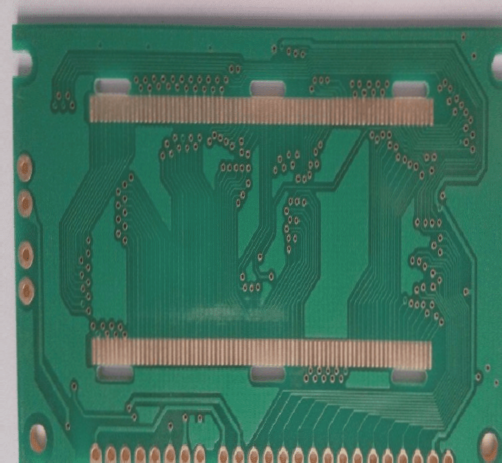Considerations for Routing VCC Trace on a PCB
When designing a PCB, one common challenge is routing the VCC trace to the other side of the MCU for the reset pullup while dealing with constrained layers and layout. One potential solution is to route the VCC trace through an unused i/o pin on the MCU, but this approach comes with its own set of considerations.
Potential Issues to Keep in Mind:
- Depending on the layout, current draw in the trace, and trace resistance, there is a risk that the voltage at the i/o pin could be higher than the VCC pin. This situation may lead to power backfeeding into the i/o pin, resulting in unpredictable outcomes. (Note: Ensure that power flows from VCC to the i/o pin first before reaching the reset pullup resistor to prevent this scenario in your circuit.)
- Accidentally programming the MCU to set the i/o pin to output low could create a short circuit.
- Consider whether routing the VCC trace through an i/o pin is a good practice from a design standpoint.
If you are facing similar challenges in your PCB design, it’s essential to carefully evaluate these factors to ensure the integrity and functionality of your circuit.


